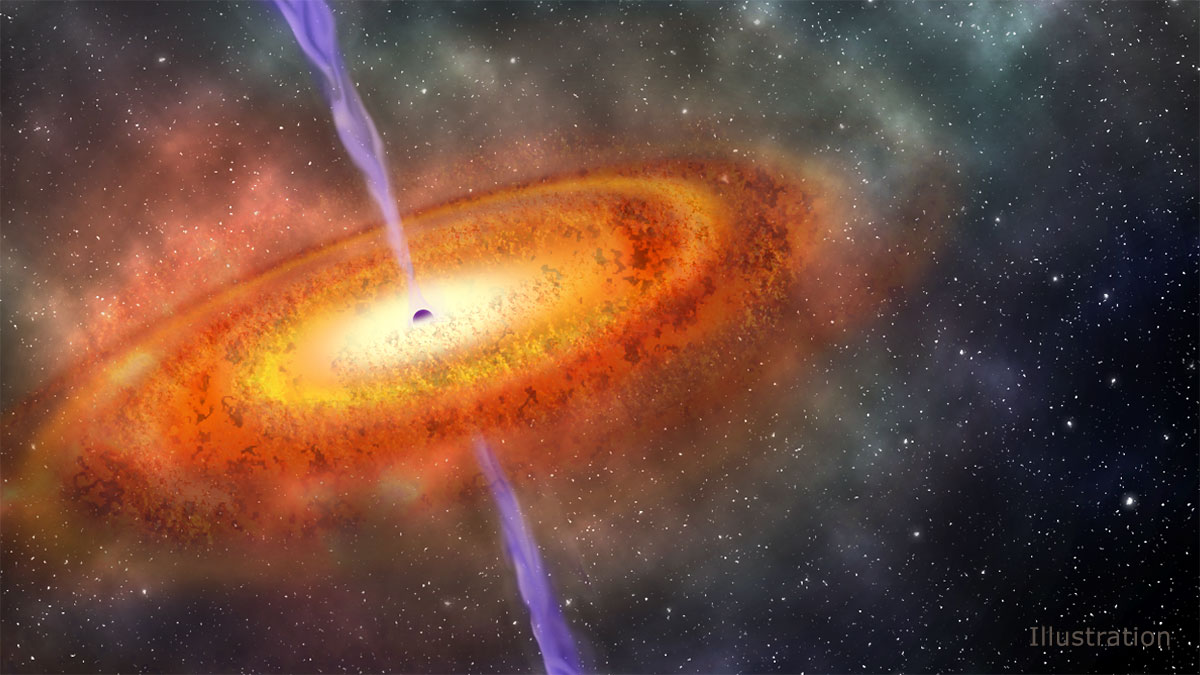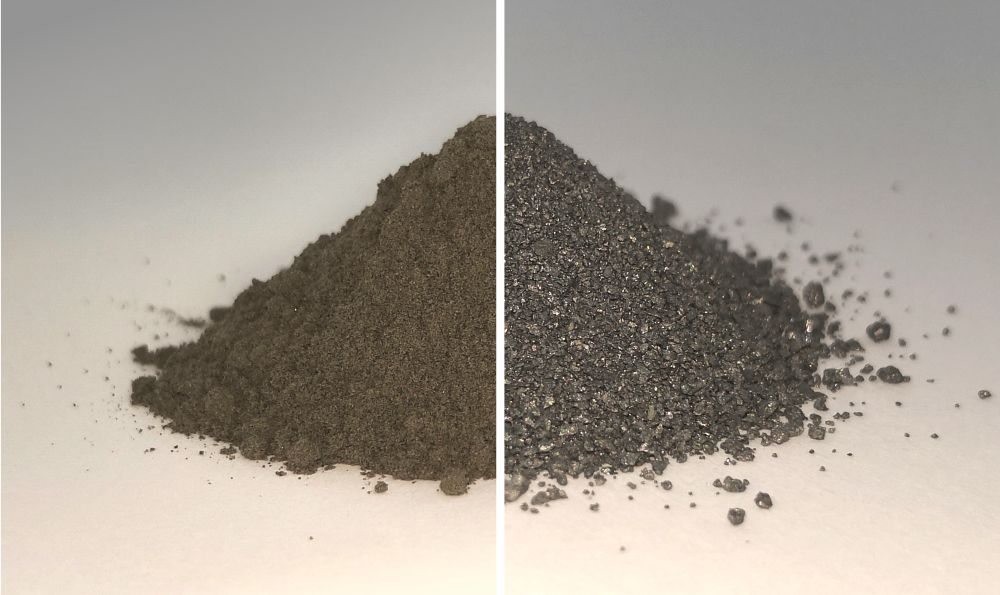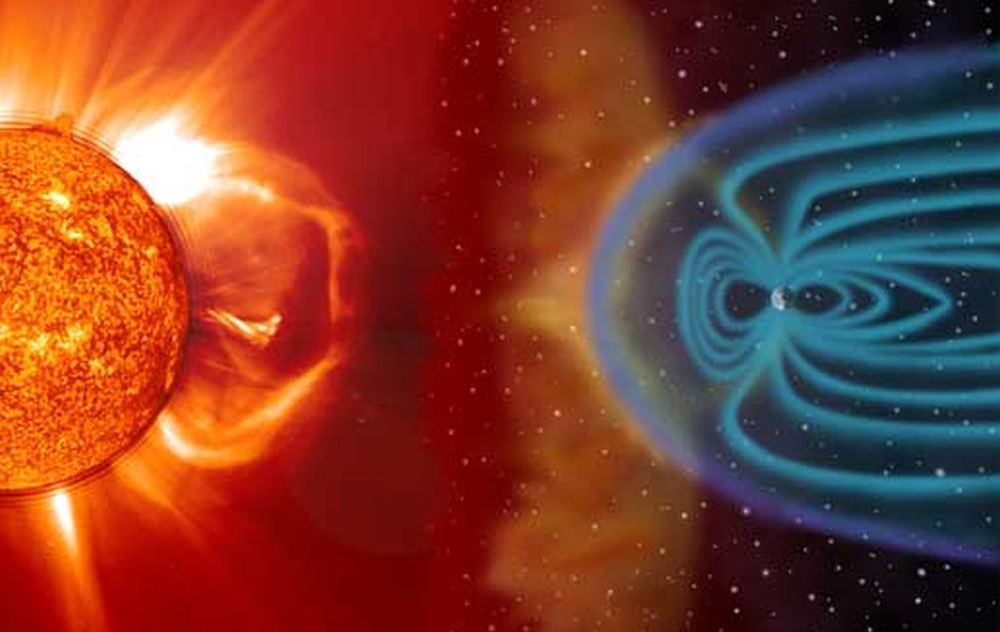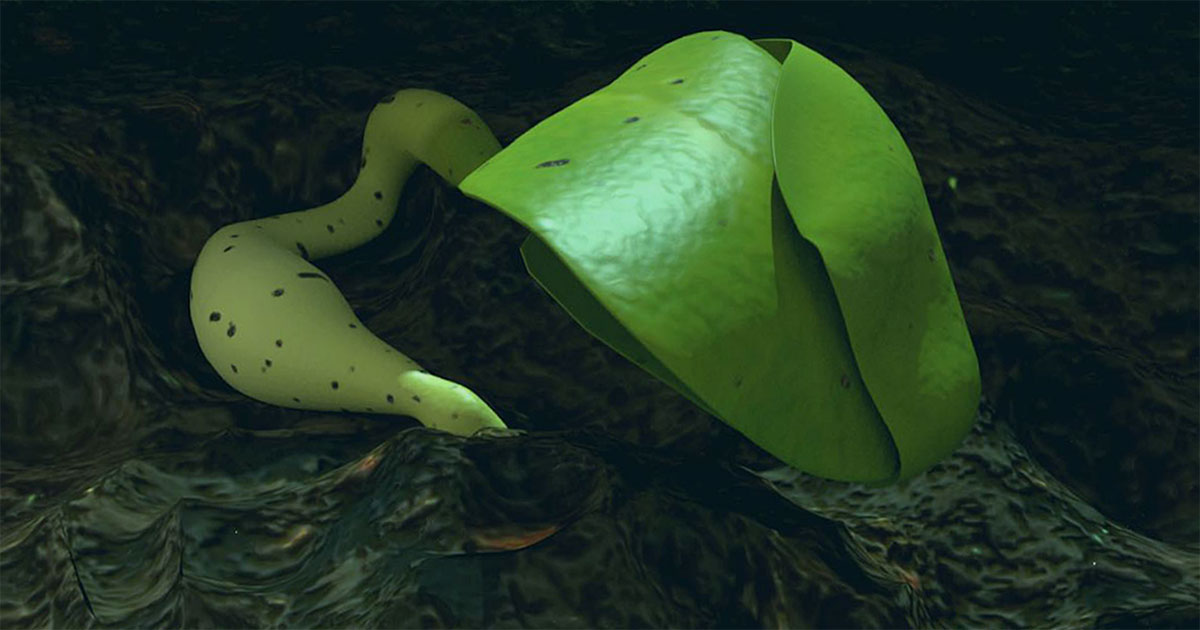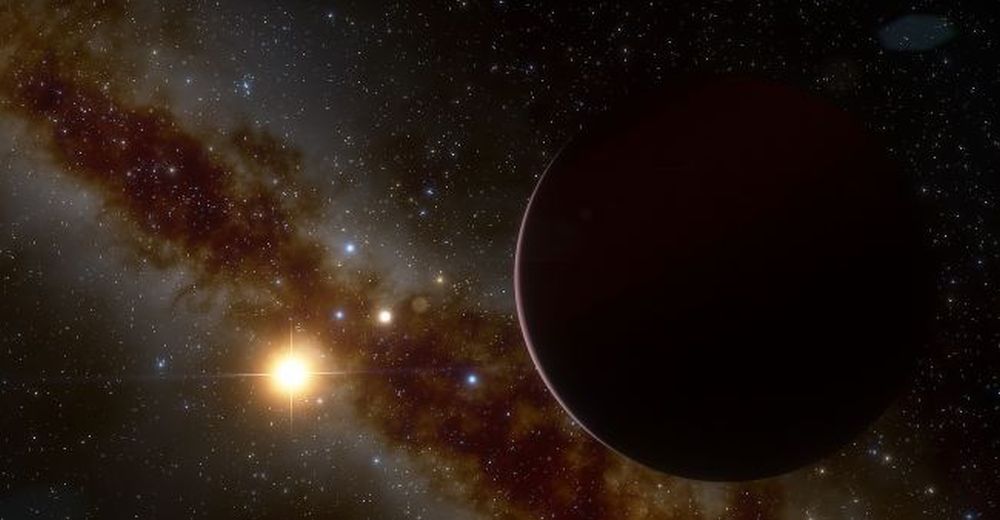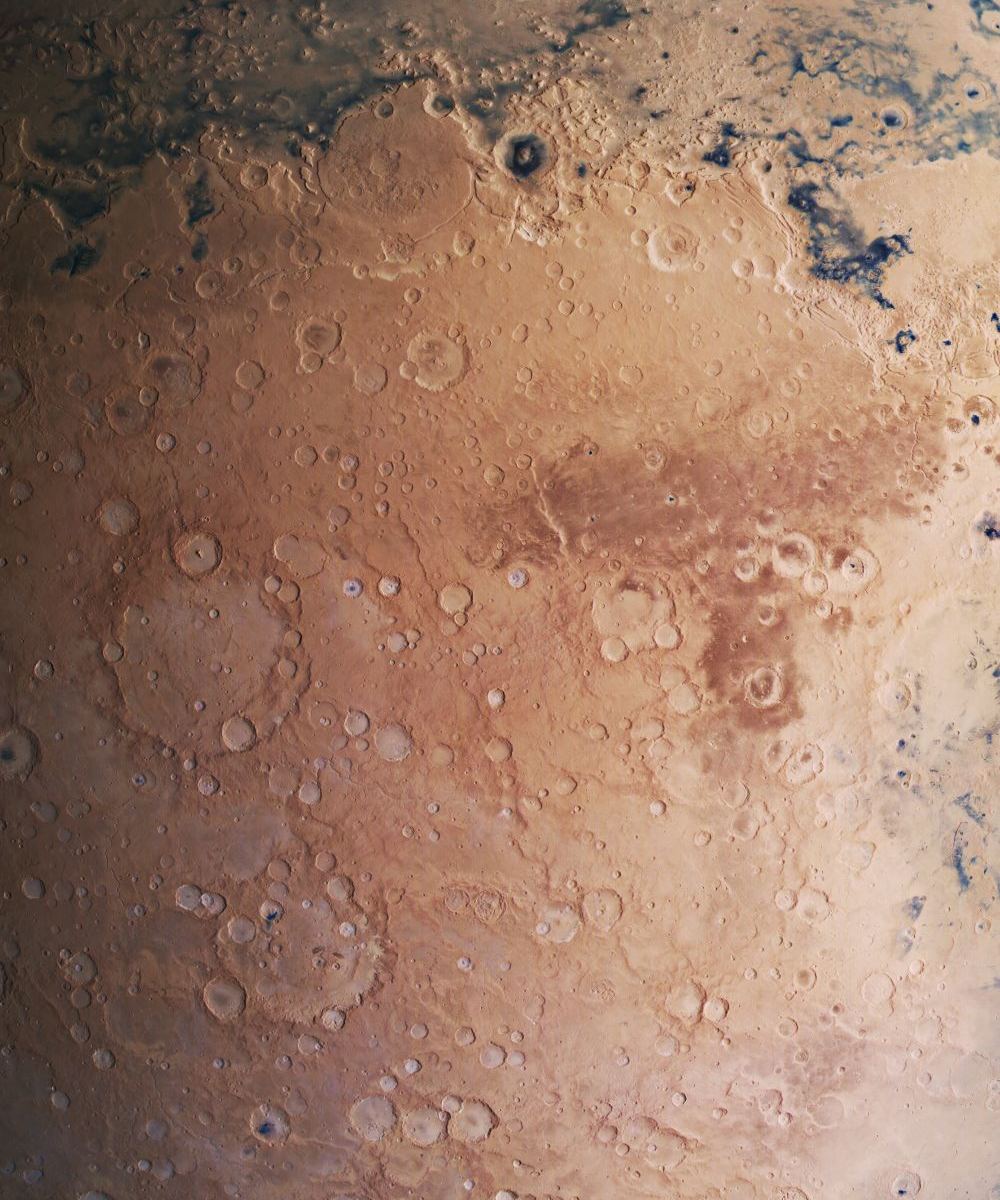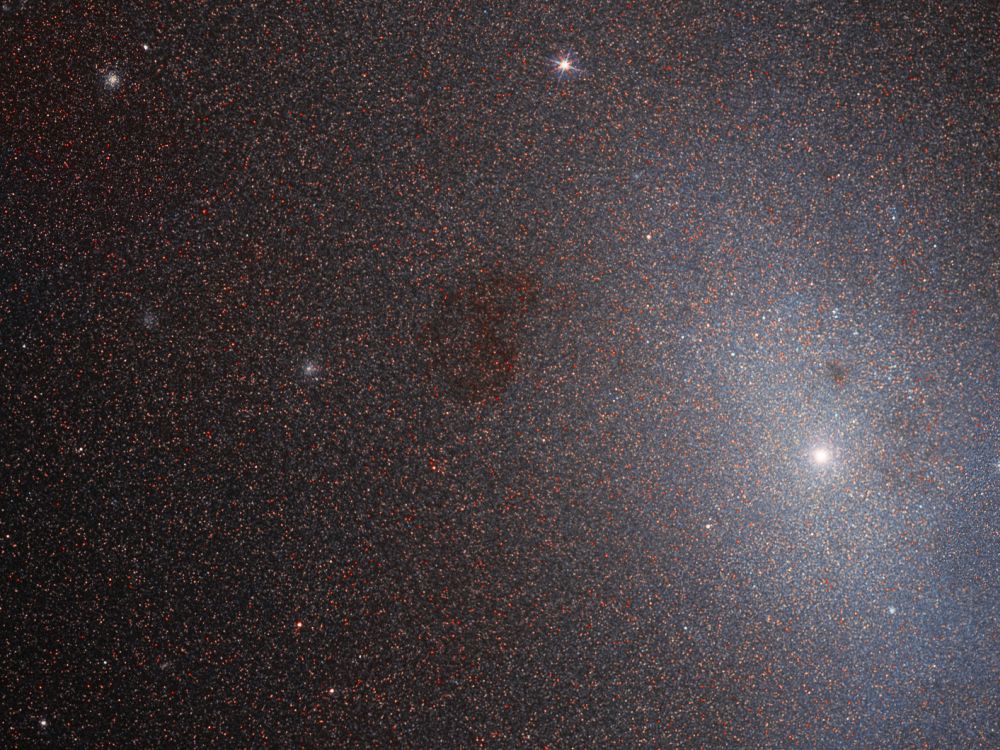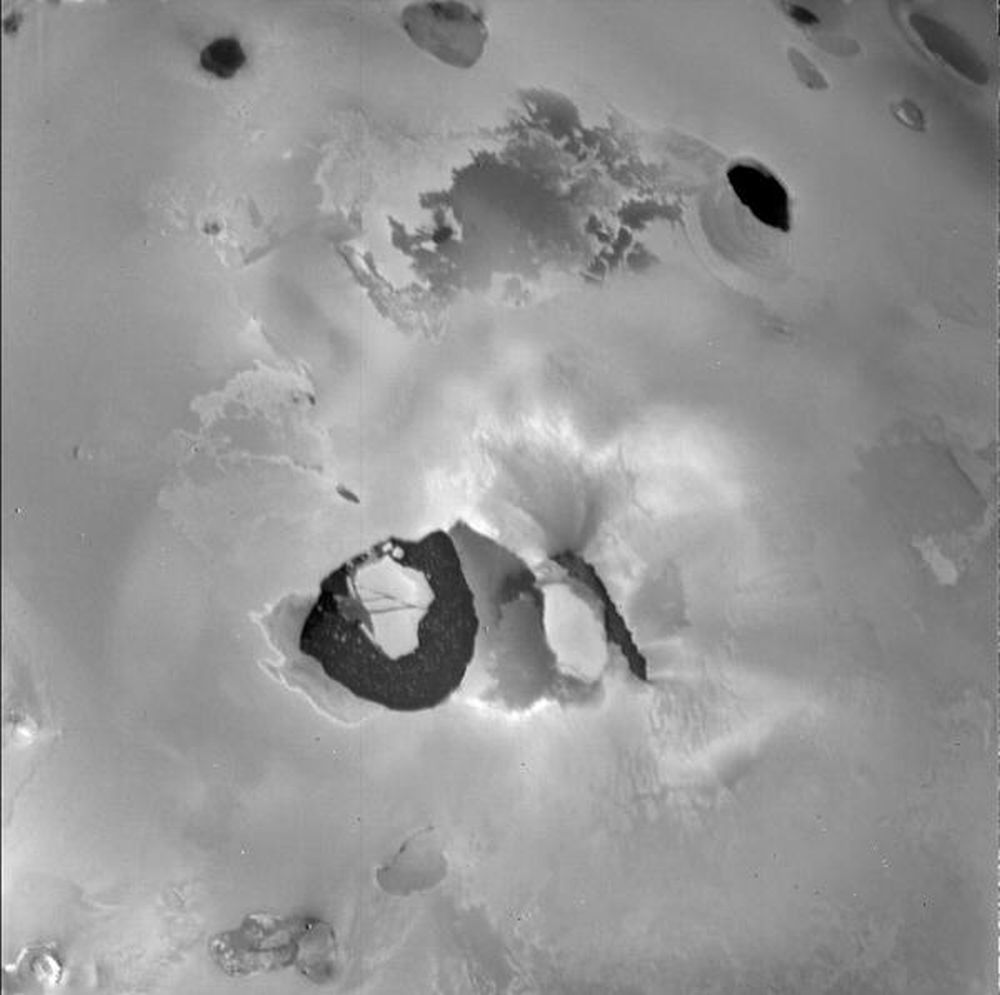Quasars are some of the brightest objects in the Universe. The brightest ones are so luminous they outshine a trillion stars. But why? And what does their brightness tell us about the galaxies that host them?
To try to answer that question, a group of astronomers took another look at 28 of the brightest and nearest quasars. But to understand their work, we have to back track a little, starting with supermassive black holes.
Continue reading “Some Quasars Shine With the Light of Over a Trillion Stars”
